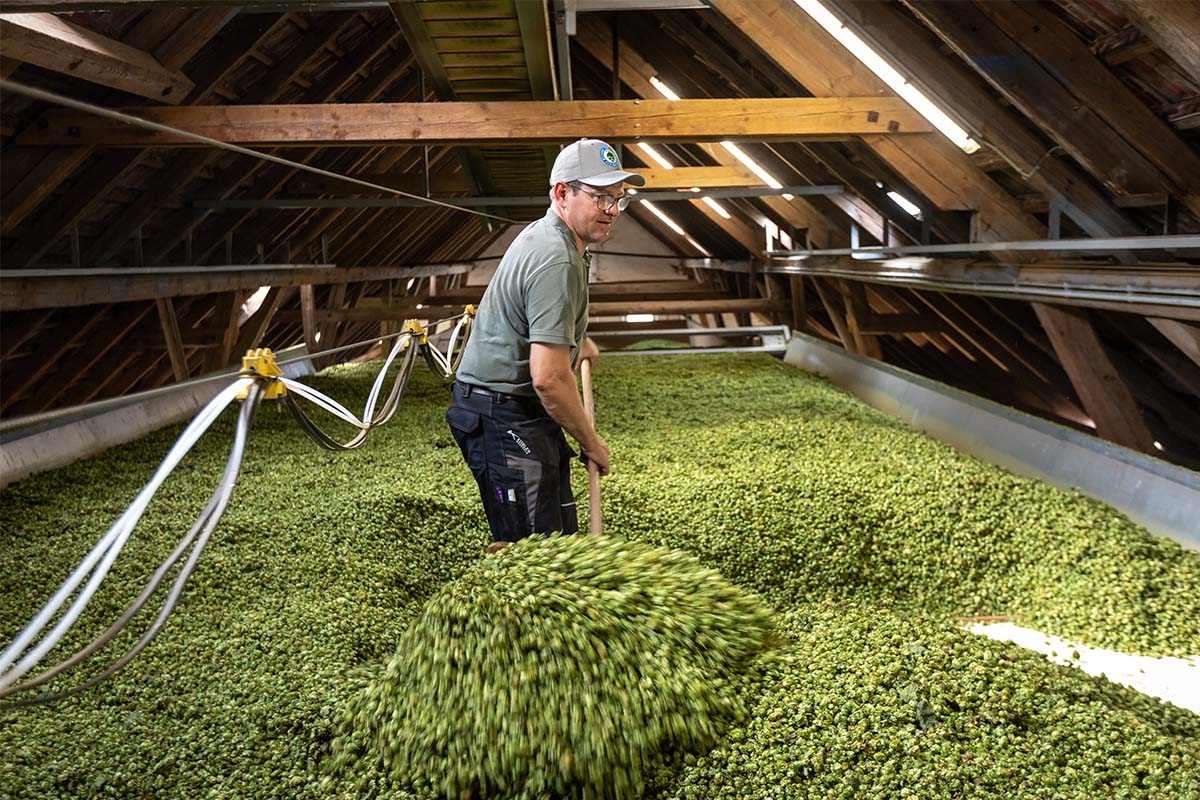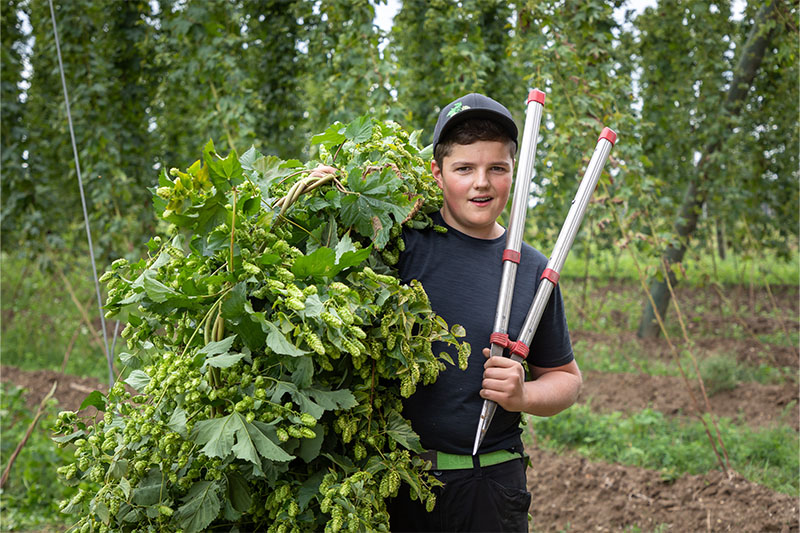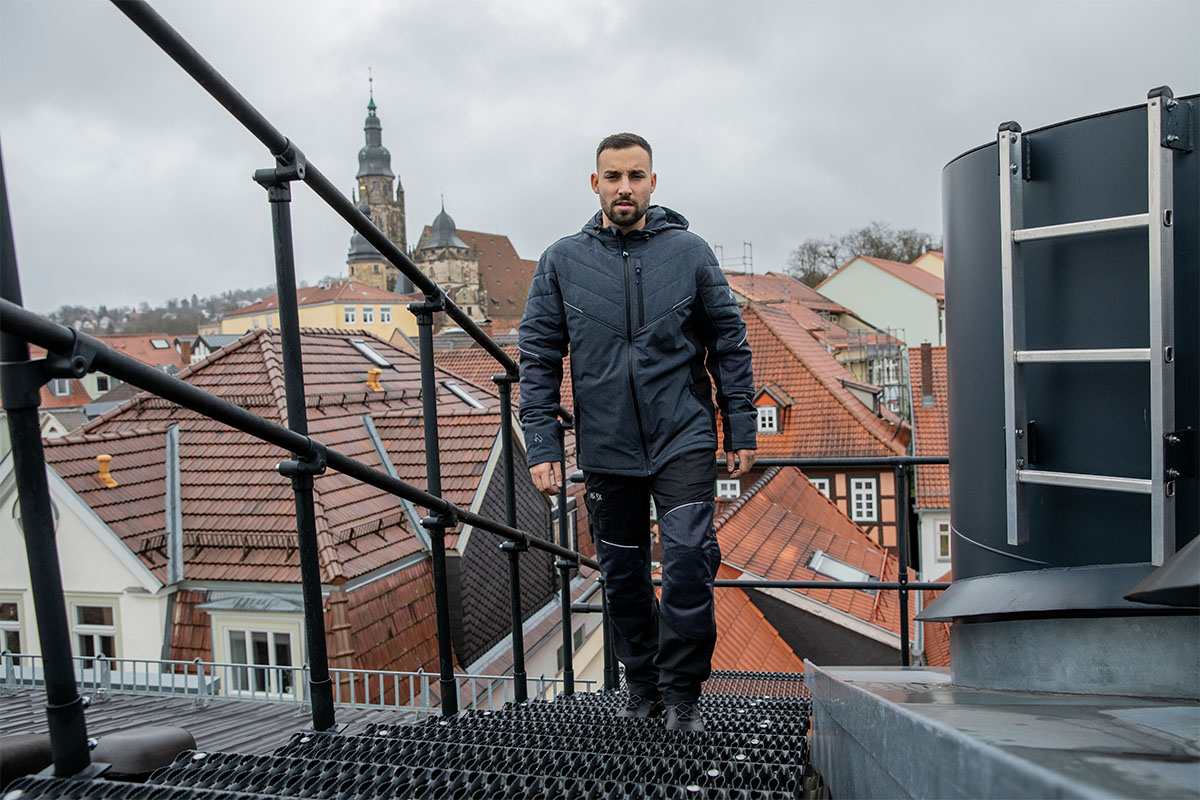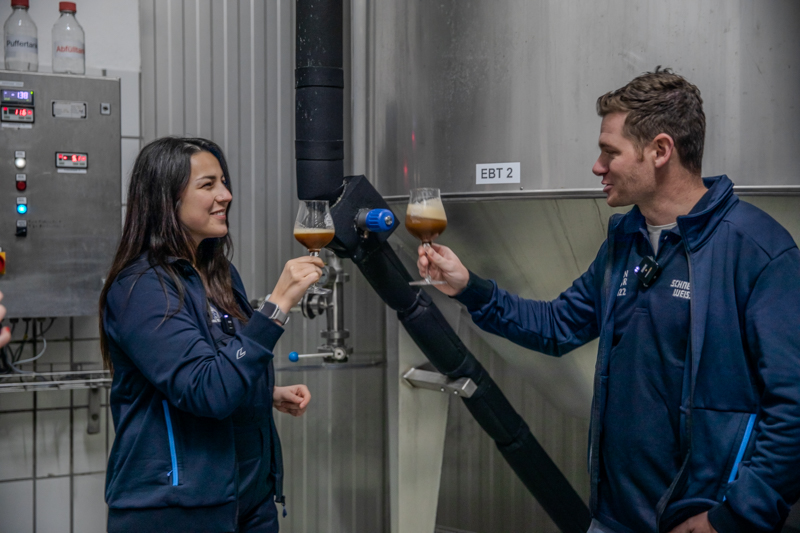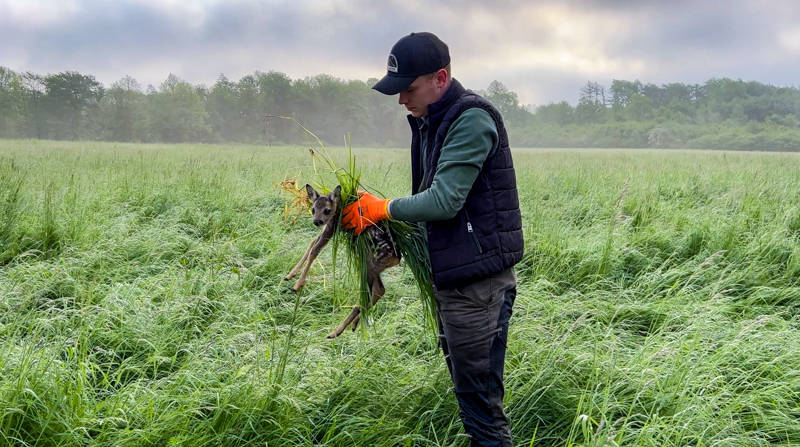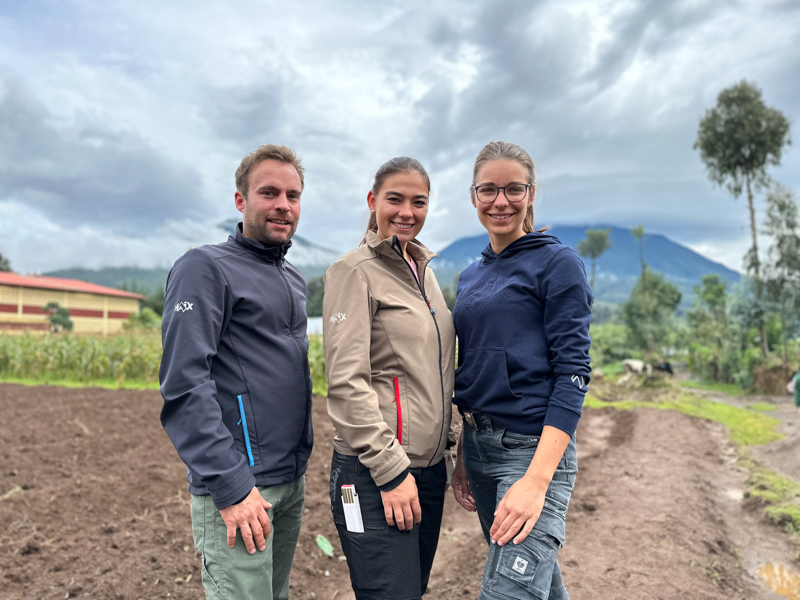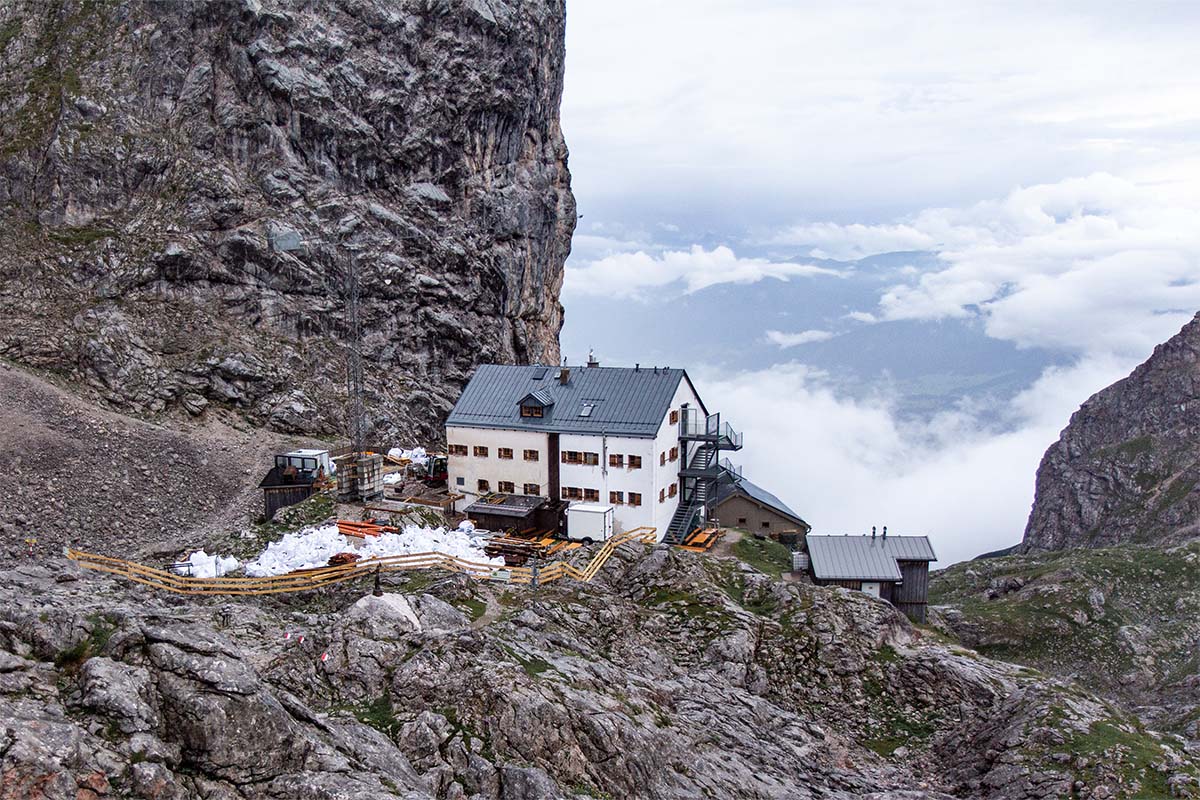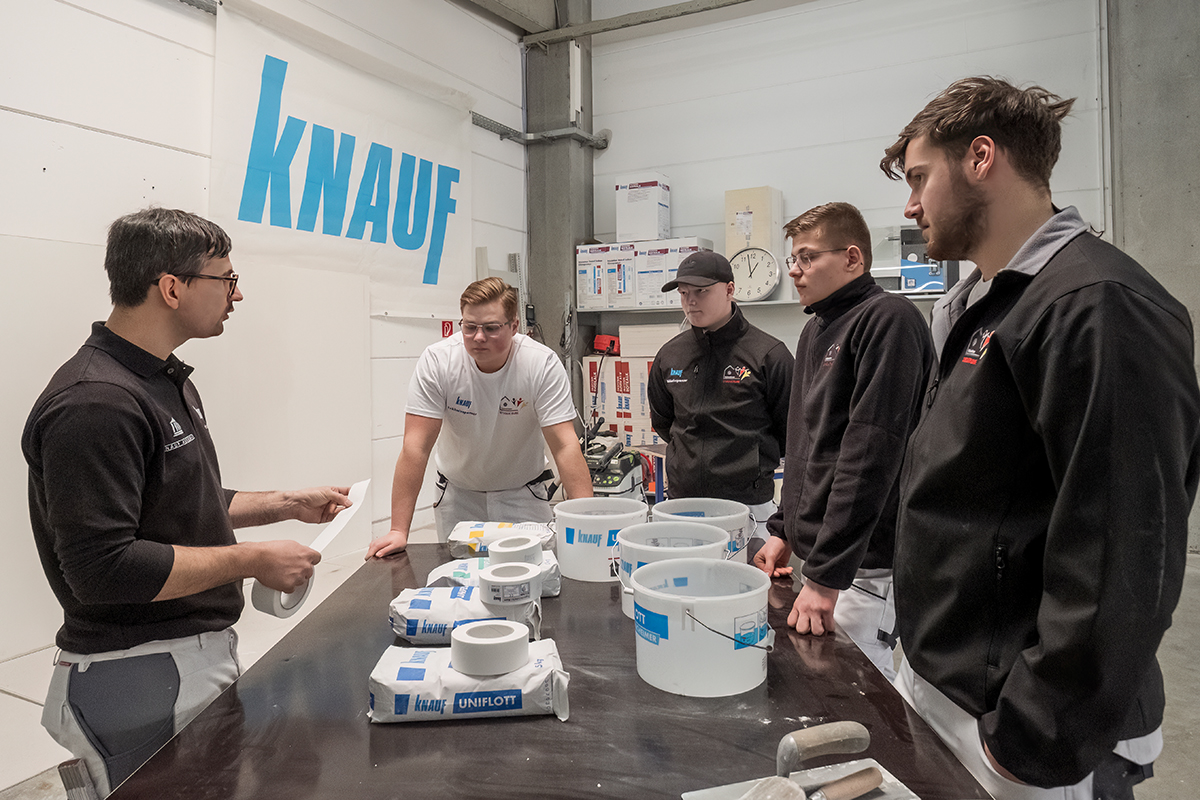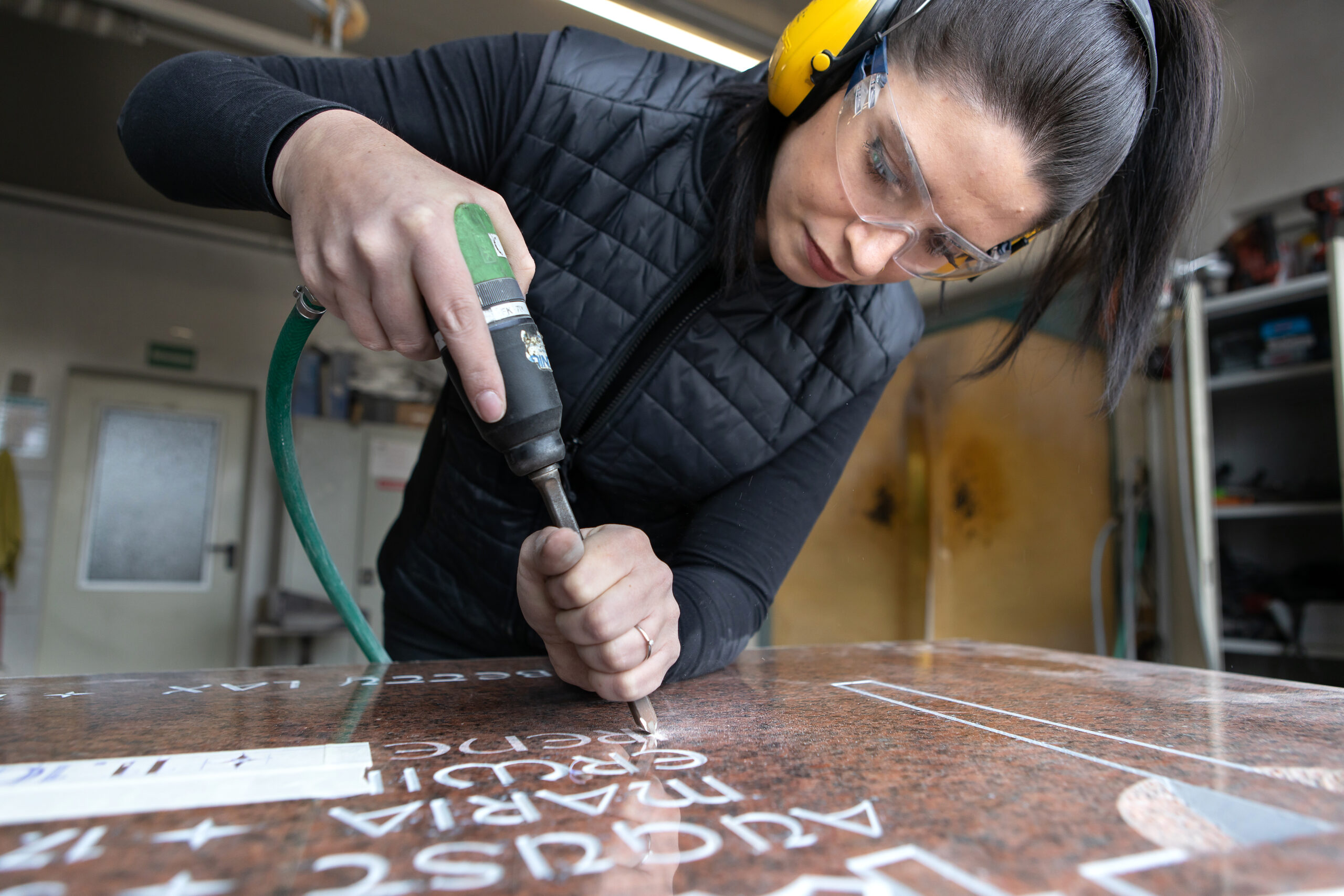Beer and its most precious ingredient: harvesting hops in the Hallertau
Meandering streams, bulbous onion domes, verdant meadows and neat farms. The landscape of the Hallertau region is idyllic in its own right. But it is the seemingly endless swathes of hop poles sticking out of the ground at oblique angles that give the Bavarian triangle between Ingolstadt, Abensberg and Landshut its unique character, while many pleasantly shaded beer gardens pay tribute to the area’s jovial beer-drinking culture. We are in the “Holledau”, as the locals call it – the world’s largest hop-growing region. It is early September, and the harvest of one of the key beer-making ingredients has just begun at Hans Ostler’s farm. From six in the morning until seven at night, the hop farmer and his family are busy in the fields, working alongside their team of harvesters. Four to six weeks of hard work ensure that beer lovers around the world can enjoy their favorite drink.
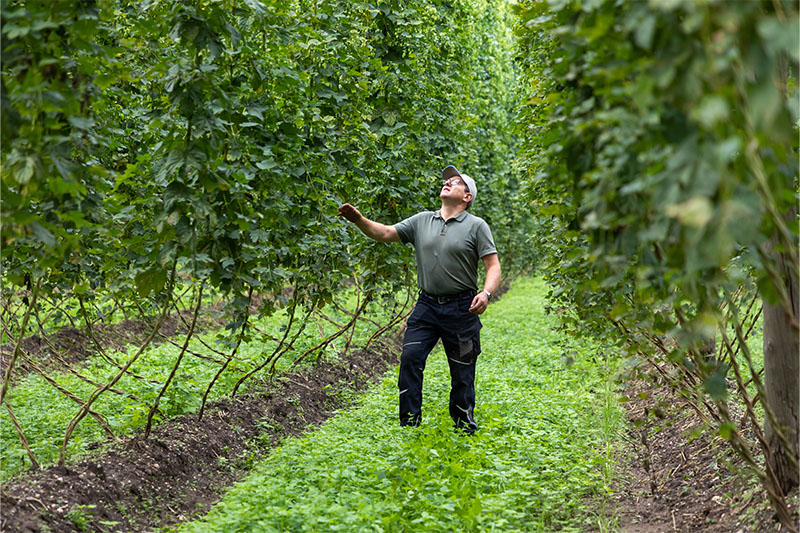
“For the brewers, it would be the most economical to brew their beer with high-alpha hops alone. But the result wouldn’t be very tasty,” laughs Hans Ostler. His mobile phone sounds an alarm. The hops farmer from Oberulrain, a hamlet near Neustadt an der Donau, suddenly seems restless. It is time for the harvested umbels to move on to the next stage of the three-step drying process. The temperature in the drying kiln of the neat Hallentauer Hopfenhof farm is a toasty 65 degrees Celsius. It’s humid like a sauna. The air is filled with a rumbling noise. With a wooden rake in his hand, Ostler carefully watches over the harvest of the two hop farms he looks after. “One of them is granddad’s, the other one is grandmom’s,” explains his 15-year-old son, Johannes, while he guides the tractor and the attached hop-picking machine through the hop poles like a seasoned professional. At the farm, the harvesters feed hops into the plucker, which separates the light green umbels from the rest of the creeping plant with a constant rattling noise. The umbels are then moved to the kiln. Hans Ostler personally makes sure that they are spread evenly across the entire drying area. “Each of the drying steps takes an hour,” he says, “on average.” Hops are a natural product, so each day and each hour is unique. In the morning, the hops are wet with dew. When the temperature rises around lunchtime, the plant is “already dry anyway”. That’s why the mobile phone alarm is more of a general reminder. But dryness is an important aspect of the product’s quality, which ultimately determines the price of the hops.
The sensitive, umbelliferous hop plant “wants to see its master every day”, according to an ancient saying from the Hallertau, the world’s largest hop-growing region. Hans Ostler upholds it throughout the entire growing season: he gets on his tractor to survey his fields every single day without fail, rain or shine.
Once the harvest begins, however, the hop farm enters a state of emergency. The day starts long before sunrise and does not end until the sun has long moved on to the other half of the world. The fields of the Hallertau are still tended by genuine family businesses. “Everyone makes sure that things go smoothly,” explains Ostler. That is one of the reasons why the quality of the local produce is so outstanding. “Saphir,” he observes as he scoops a large ladleful of pale green umbels from the drying area and passes the high-grade aroma hops to his guests for a sniff. A heady scent rises from humulus lupulus, the diva among hop plants. The small sample is enough to confirm the taste and quality of the product – and it certainly leaves a bitter taste. “The Saphir is one of the most valuable hop varieties used to flavor beer,” explains Ostler proudly. When he pours the first half liter of beer from one of the region’s breweries into his glass after a hard day’s work, the hop farmer knows that its delicious bitterness, its long shelf life and a lot of its wonderful flavor comes from his own fields. And that makes all the labor worth it.
